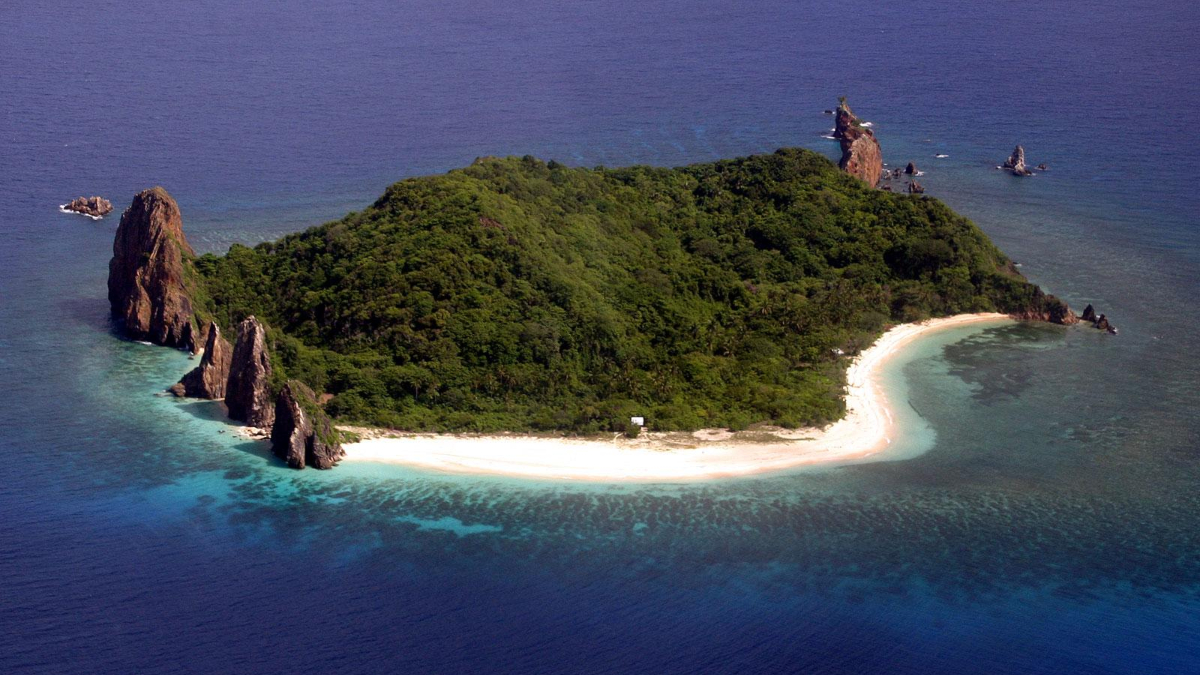The Philippines celebrated a milestone as three of its premier nature reserves—Apo Reef Natural Park, Turtle Islands Wildlife Sanctuary, and Balinsasayao Twin Lakes Natural Park—were officially declared ASEAN Heritage Parks (AHPs). The announcement was made by the ASEAN Centre for Biodiversity (ACB) in late November, highlighting these sites as part of the Southeast Asian region’s natural treasures.
According to a Cebu Daily News report, the three Philippine parks join two additional AHPs from Lao PDR—Phou Xieng Thong National Protected Area and Nam Poui National Protected Area—bringing the total number of AHPs to 62.
The Apo Reef Natural Park, located in Occidental Mindoro, is recognized as the largest contiguous coral reef system in the Philippines and the second largest globally. It serves as a sanctuary for over 482 fish species, critically endangered marine turtles, and iconic species like Dugongs and Hammerhead Sharks.
The Balinsasayao Twin Lakes in Negros Oriental boasts rich biodiversity, including the Endangered Visayan Spotted Deer and Critically Endangered Philippine Tube-nosed Fruit Bat. Covering 8,016 hectares, the park is home to hundreds of plant species and over 200 bird species.
Turtle Islands, located in Tawi-Tawi, is the only major nesting site for Green Sea Turtles in the Philippines and one of the key turtle conservation areas in ASEAN. It is also part of the Indian Ocean and South-East Asia Marine Sea Turtle Site Network.
According to ACB Acting Executive Director Clarissa Arida, the AHP designation underscores the region’s commitment to preserving its immense natural wealth and enhancing protected area management. Being part of the AHP network also opens opportunities for regional collaboration and capacity building.
The ASEAN Heritage Parks program has expanded from 11 original sites to 62, representing diverse ecosystems across the region.






